-
Bassel Khartabil, Founder
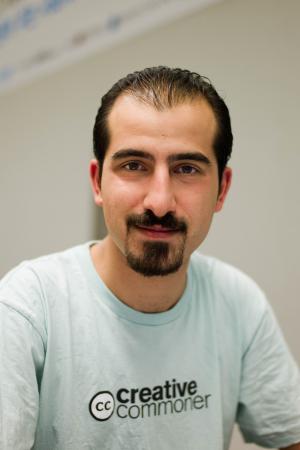
Bassel Khartabil was a Palestinian Syrian open-source software developer, who began work on #NEWPALMYRA in 2005. On 15 March, 2012, he was detained by the Syrian government, and in 2015 executed for his work in free culture. He served as project lead and public affiliate for Creative Commons Syria, and contributed to Mozilla Firefox, Wikipedia, Openclipart, Fabricatorz, and Sharism. He is credited with opening up the Internet in Syria and vastly extending online access and knowledge to the Syrian people.
The people who are in real danger never leave their countries. They are in danger for a reason and for that they don’t leave. -
Barry Threw, Executive Director #NEWPALMYRA
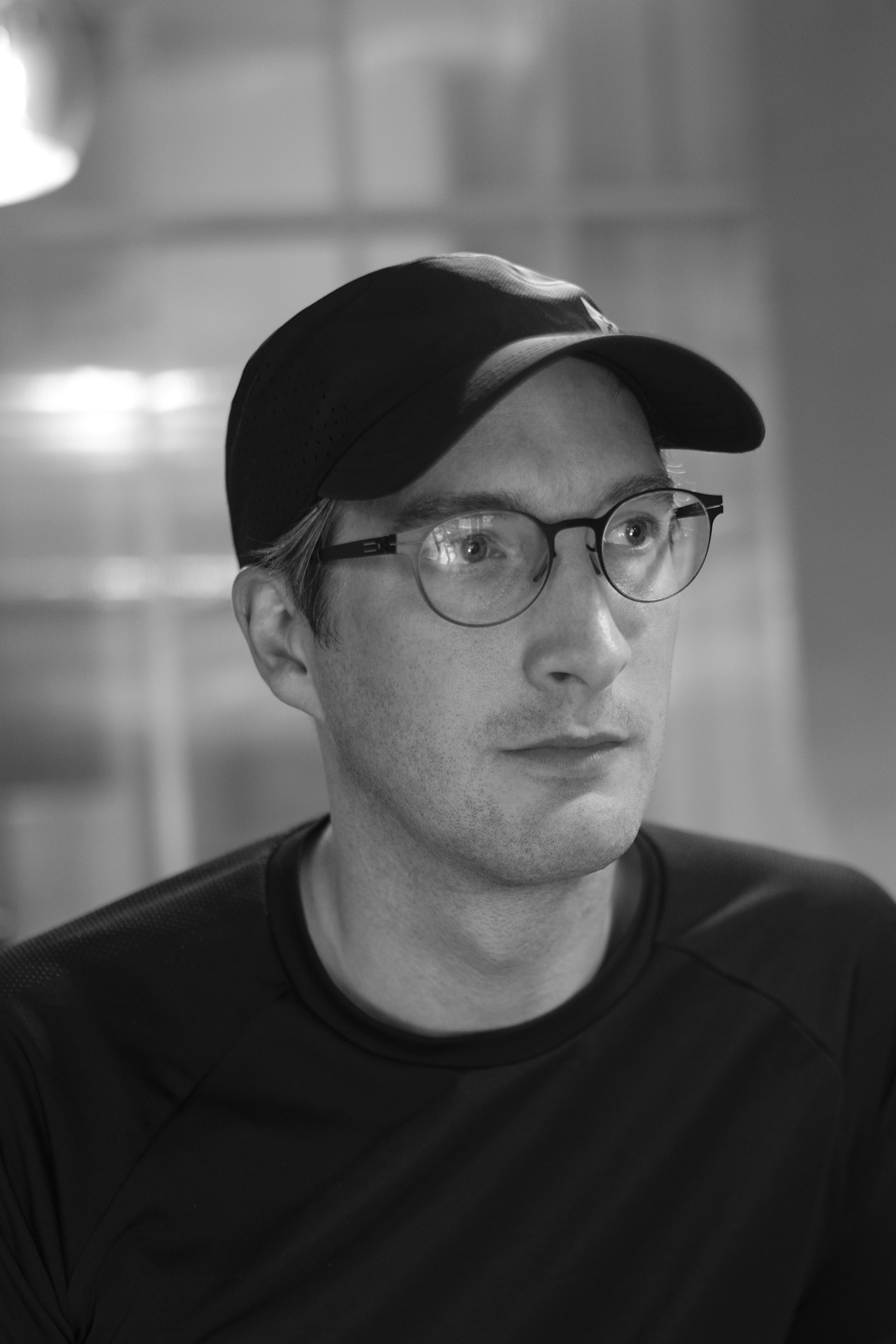
Barry Threw is technologist focused on culture, developing innovative & influential platforms, products, teams, and businesses across art, built environments, and experiential & immersive media. He is Cofounder of Fabricatorz, on the Board of Gray Area Art & Technology, and formerly the Director of Software at Obscura Digital. He is based in San Francisco, CA.
For millennia, the ancient Syrian city of Palmyra was a vital crossroads of trade and culture. We are hearing the senseless destruction of this archeological treasure by ISIS as a clarion call for the world to celebrate the cultural heritage of Syria. By sharing data and encouraging its use in creative explorations we hope to promote cultural understanding. -
Jon Phillips, Cofounder, Fabricatorz
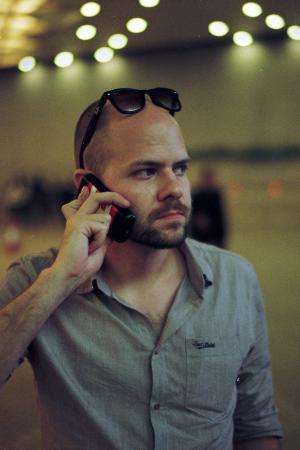
Jon Phillips is Founder of Fabricatorz, a global design and technology company. Phillips manages a global team of creative developers with primary offices in Beijing, Hong Kong, San Francisco and Berlin, and other site-specific local offices. Fabricatorz handles a diverse set of software, hardware and consulting projects constructed to the specific needs of client companies, operations and infrastructure. Phillips began his career operating between art and technology, before helping start the open source drawing app Inkscape; he then went on to found the Openclipart online art community, and scale-up the Creative Commons community and business globally, ultimately founding Fabricatorz in 2007.
#NEWPALMYRA is archiving the past up to the present in order to create a future city. The destruction of the old and the observation of the current state of Palmyra catalyses the sharing, production and cultural prototyping which actively constructs a new place for people. -
Sophia Al Maria, Artist & Author

Sophia Al Maria is an artist and writer based in London, UK. Her memoir, The Girl Who Fell to Earth (Harper Collins, 2012), was published in Arabic by Bloomsbury Qatar in Summer 2015. In 2014, she had her first solo show, ‘Virgin with a Memory’, at Cornerhouse, Manchester, UK. She is the recipient of a 2015 Sundance Institute Screenwriting Fellowship and has written many scripts for film and TV. In 2016, she will be mounting her first solo museum show in North America with the premiere of a new series of videos at the Whitney Museum.
-
Sultan al Qassemi
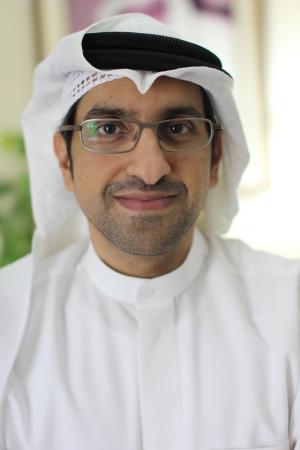
Sultan Sooud Al Qassemi is a United Arab Emirates based columnist whose articles have appeared in The Financial Times, The Independent, The Guardian, The Huffington Post, The New York Times Room for Debate, Foreign Policy, Open Democracy, and The Globe and Mail, as well as other notable publications.
Al Qassemi is an MIT Media Labs Director’s Fellow, and in 2014, Arabian Business placed Al Qassemi in its list of World’s 100 Most Powerful Arabs under the Thinkers category. He continues both to write and tweet about the Arab world both from his home in Sharjah, as well as while giving lectures internationally.
Al Qassemi is also the founder of the Barjeel Art Foundation, an independent initiative established to contribute to the intellectual development of the art scene in the Arab region by building a prominent and publicly accessible art collection in the United Arab Emirates. Barjeel Art Foundation currently has exhibitions at the Aga Khan Museum in Toronto, and the Whitechapel Gallery in London.
As the historical culture of the Middle East is coming under threat it is important to support projects such as #NEWPALMYRA. It is thanks to the visionary work of people like Bassel Khartabil that human heritage such as the historic Palmyra site will be available to be studied and documented despite it falling into the hands of extremists. -
Nasser Rabbat, Director of the Aga Khan Program for Islamic Architecture, MIT
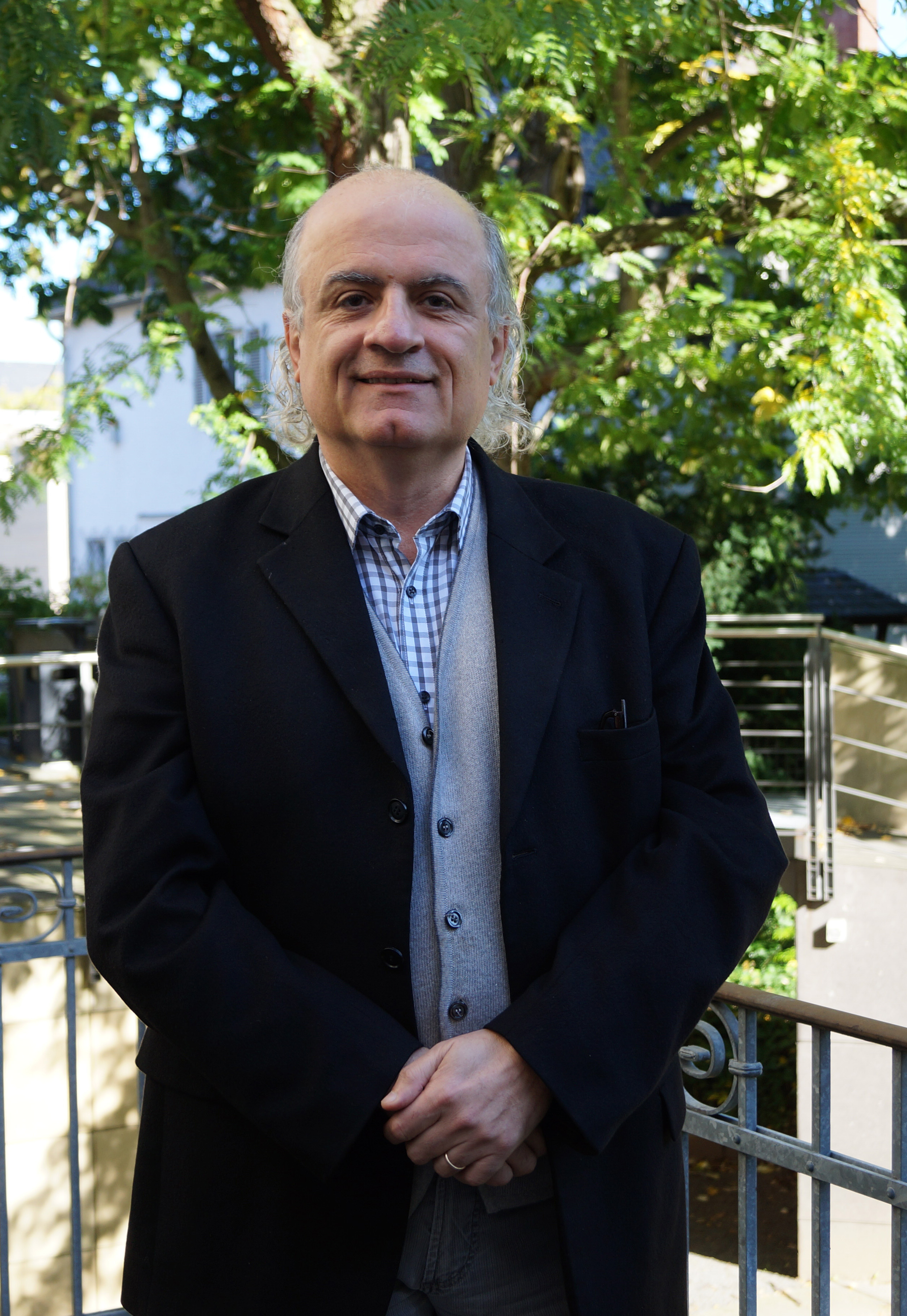
Nasser Rabbat is the Aga Khan Professor and the Director of the Aga Khan Program for Islamic Architecture at MIT. An architect and a historian, his scholarly interests include the history and historiography of Islamic architecture, urban history, modern Arab affairs, contemporary Arab art, and post-colonial criticism. Professor Rabbat has published more than 100 scholarly articles and several books. His most recent book is al-Naqd Iltizaman: Nazarat fi-l Tarikh wal ‘Ururba wal Thawra (Criticism as Commitment: Viewpoints on History, Arabism, and Revolution) (Beirut, 2015), which deals with the roots and consequences of the "Arab Spring." He regularly contributes to a number of Arabic newspapers such as al-Hayat and al-‘Arabi al-Jadid on current political and cultural issues and consults with international design firms on projects in the Islamic World.
Perched on the Eastern Mediterranean and steeped in history, Syria has accumulated many interrelated cultures. Some flourished for a long time and radiated their influence near and far. Others, like Palmyra, shone brightly for a brief moment. Still others inhabited small niches in the land and emerged in modern times as unique Syrian mini-cultures. All, however, contribute to the rich history of Syria and give the country an aura of vivid multiculturalism long before the term was coined. -
Amr Al Azm, Professor, Shawnee State University
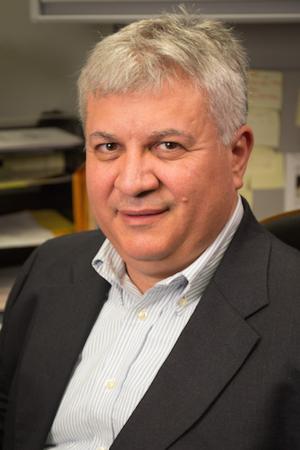
Amr Al Azm was educated in the UK, reading Archaeology of Western Asiatics at the University College, London and graduated with a doctoral degree in1991. He was the Director of Scientific and Conservation Laboratories at the General Department of Antiquities and Museums (1999-2004) and taught at the University of Damascus until 2006. From 2006-2009 he became a visiting Assistant Professor at Brigham Young University. Currently he is an Associate Professor of Middle East History and Anthropology at Shawnee State University in Ohio. Whilst working in Syria Amr Al-Azm was a first hand observer and sometime participant of the reform processes instigated by Bashar Al-Assad thus gaining insights into how they were enacted and why more often than not they failed. Furthermore he is a keen follower and commentator on current events in Syria and the Middle East in general and an active member of the Syrian opposition. Amr Al-Azm is a founder and board member on the Day After Project (TDA) and currently chairs the Syrian Heritage Task Force (SHTF) for cultural heritage protection.
Once the current violence ends, the people of Syria will need to find ways to reconnect with symbols that once united them across religious and political lines. The country’s ancient past, represented in its rich cultural heritage, is key to this. Saving Syria's past is about saving its future too. -
Jeffrey Shaw, Director of the Applied Laboratory for Interactive Visualisation and Embodiment, City University Hong Kong
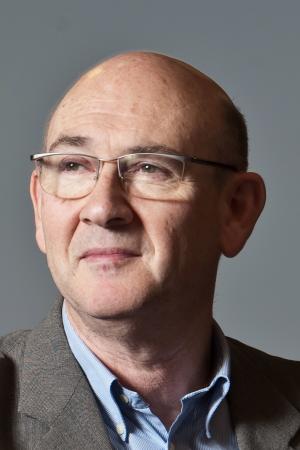
Jeffrey Shaw has been a leading figure in new media art since its emergences in the 1960s to its present day technology-informed and virtualized forms. In a prolific career of widely exhibited and critically acclaimed work he has pioneered the creative use of digital media technologies in the fields of expanded cinema, virtual and augmented reality, immersive visualization environments, navigable cinematic systems and interactive narrative. Shaw is currently Endowed Chair Professor of Media Art at City University Hong Kong, and in 2015 he was awarded the Ars Electronica Golden Nica for Visionary Pioneer of Media Art.
Lost and found. Cultural heritage has become a subject of media art via innovative strategies of re-presentation and the re-enactment of place. Such aesthetic re-embodiments gives agency to the historical narrative in a manner that elucidates and enriches contemporaneity. The devastation of historical artifacts does not have to be the defining limit of experiential possibilities with virtual methodologies. The rich history of Palmyra is activated by artists, developers and creators who use the historical data of the ancient city to generate hypersensory experiences with multimedia platforms to make a city that represents the meeting—the rejoining—of the rich diversity of its past with our current global reality. -
Manal AlDowayan, Artist
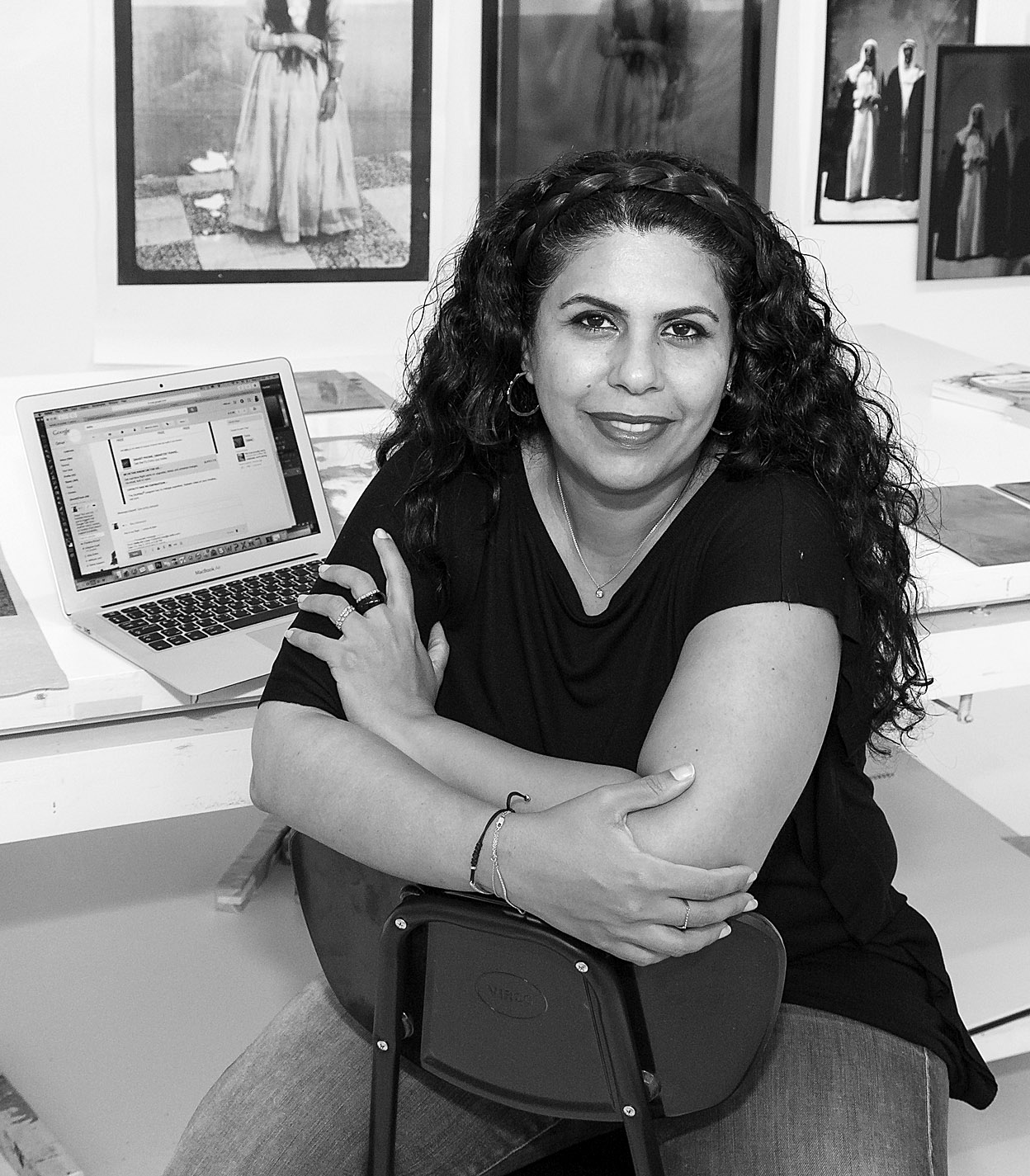
Embracing diverse media, Manal AlDowayan's work encompasses black and white photography, sculpture, video, sound, neon and large-scale participatory installations. Her artistic practice revolves around themes of active forgetting, archives, and collective memory, with a large focus on the state of Saudi women and their representation.
She has documented social groups like the oil men and women of Saudi Arabia in her project, If I Forget You Don't Forget Me, and has addressed the impact of mass media on propagating intentional erasing of identities in her project Crash, highlighting the unnamed Saudi teachers dying in car crashes across Saudi Arabia. Her participatory projects have attracted hundreds of women to use art as a new platform to address social injustice like Tree of Guardians, Esmi-My Name, and Suspended Together.
In 2014 she was a recipient of a research Fellowship from NYU AD and was invited in early 2015 to the Robert Rauschenberg Residency in Captiva, Florida. Manal has shown her work in Prospect 3 New Orleans - The American Biennale (2014/15), in collateral shows at the Venice Biennale (2009/11), and at Museums around the world like Gawngju Museum in South Korea, Louisiana Museum of Modern Art in Denmark, The Victoria and Albert Museum in UK, and Mathaf Museum of Modern Arab Art in Qatar. Her art works are part of public collection at the British Museum, LA County Museum, Louisiana Museum, and Mathaf.
Manal holds a Master's Degree in Systems Analysis and Design and currently lives and works between her native Dhahran, Saudi Arabia and Dubai, UAE.
-
Oussama Jarrousse, Digital Safety Expert
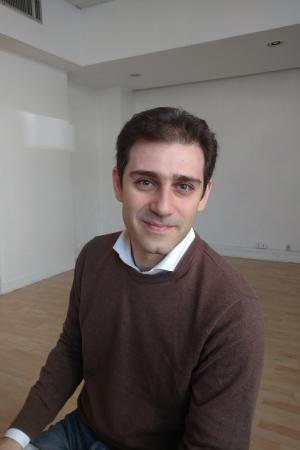
Oussama cares deeply about democracy, civil society and human rights. Holding a graduate degree in Telecommunications Engineering (Damascus U) and a PhD in Biomedical Engineering (Karlsruhe Institute of Technology, Germany), Oussama has for past three years devoted most of his engineering and technology skills to support peace-building efforts in Syria. Oussama is passionate about capacity-building for fledgling Syrian civil society organizations, especially in the areas of information integrity, digital safety and security, and institutional policy development. He looks forward with hope to the day when these issues will be at the top of the agenda for Syrians writ large.
-
Ryan Merkley, CEO, Creative Commons
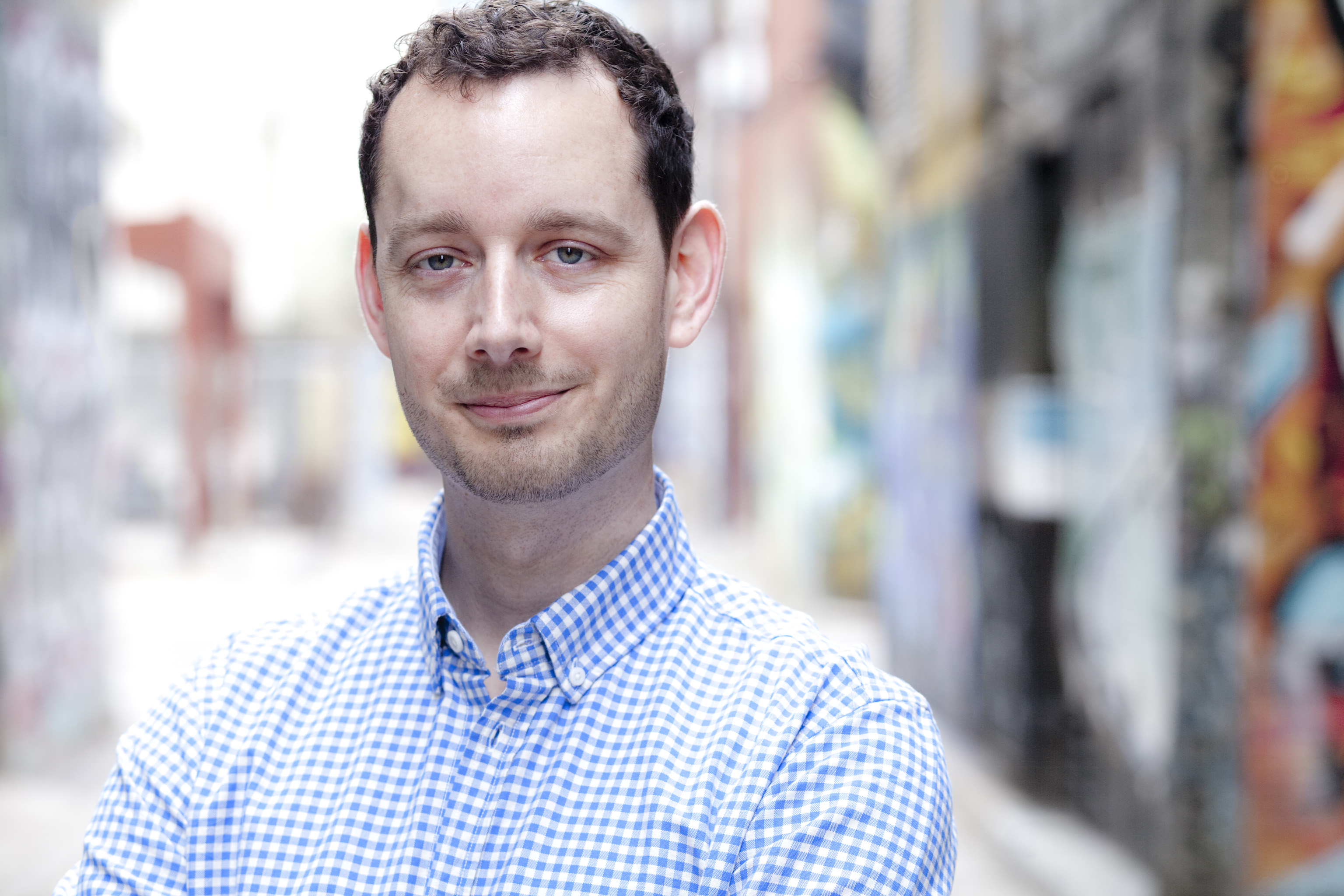
Ryan Merkley is a national leader in public policy, open government, and digital communications. He is the incoming Chief Executive Officer of Creative Commons, the global nonprofit that enables the sharing and use of creativity and knowledge through free legal tools. Ryan was Chief Operating Officer of the Mozilla Foundation, the nonprofit parent of the Mozilla Corporation, creator of the world’s most recognizable open-source software project and internet browser, Firefox. At the Mozilla Foundation Ryan led development of programs like Webmaker and Lightbeam, and in 2012 he presented Mozilla’s multimedia remixing platform Popcorn at TED Global. He also established Mozilla’s successful individual fundraising program, raising over $1.8 million from 44,000 new donors.
Ryan previously worked as Director of Corporate Communications for the City of Vancouver for the 2010 Winter Games, and acted as a Senior Advisor to Mayor David Miller in Toronto, where he initiated Toronto’s Open Data project. Most recently, Ryan was Managing Director and Senior Vice President of Public Affairs at Vision Critical, a Vancouver-based SaaS company and market research firm. He studied Political Science and Economics at Waterloo University.
Ryan is passionate about social causes, digital media, and open government and data. He is an avid cyclist, an amateur barista, and a father. He resides in downtown Toronto.
Bassel's contributions to Creative Commons have always inspired collaboration, community, and the sharing of culture and knowledge," says Ryan Merkley, CEO of Creative Commons. "We're proud to see these historical monuments preserved and protected digitally and shared freely with the world. Because of his leadership, #NewPalmyra will live on for everyone as part of the Commons.
-
Markos Kounalakis, Visiting Fellow, Hoover Institution
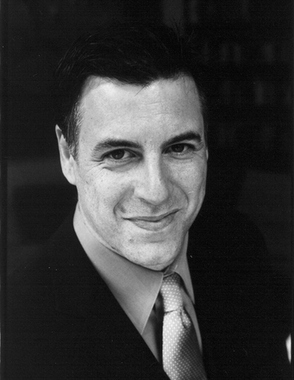
Markos Kounalakis is a visiting fellow at the Hoover Institution at Stanford University and a senior fellow at the Center for Media, Data and Society at Central European University in Budapest, Hungary. He is president and publisher emeritus of the Washington Monthly and is currently researching the geopolitics of global news networks.
Kounalakis is a print and network broadcast journalist and author who covered wars and revolutions, both civil and technological.
He reported the overthrow of communism for Newsweek in East Germany, Czechoslovakia, Hungary, Romania, and Bulgaria and the outbreak of ethnic strife and war in Yugoslavia. He was based in Rome and Vienna and ran the magazine’s Prague bureau.
After Newsweek, he worked as the NBC Radio and Mutual News Moscow correspondent covering the fall of the Soviet Union as well as the war in Afghanistan. Kounalakis has written for The Wall Street Journal, The Los Angeles Times Magazine, the International Herald-Tribune, the San Francisco Chronicle, The Dallas Morning News, The Miami Herald, and many other regional and international newspapers and magazines. He is currently a foreign affairs columnist for the The Sacramento Bee and McClatchy-Tribune News
There is no resurrecting the individuals killed by Islamic State’s cold cruelty and calculated killing, but defaced and destroyed objects could find a second life. The world has a history of cultural resuscitation.
For questions, please email [email protected]
 This work is released under
CC0
This work is released under
CC0